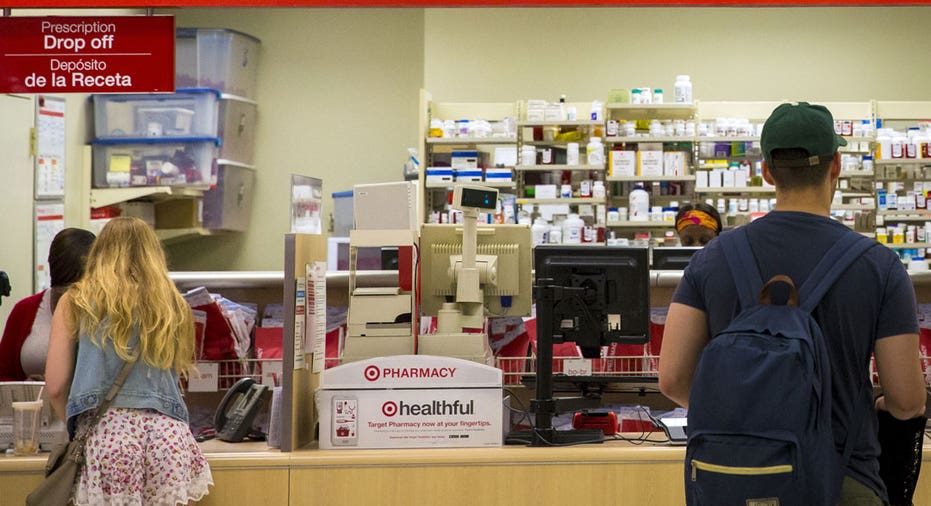Your Digital Doctor and Pharmacist

Looking for the next frontier in medicine? Go no further than the corner drug store or the chain pharmacist at your local mall.
The growth of Internet technology has transformed pharmacists from pill-counting clerks to active managers of their customers' health care. Brick-and-pharmacies are becoming the next logical extension of hospitals and doctors offices, as new technology makes it easy for pharmacies to keep clients up to date on their medication needs or even serve as walk-in health care centers with remote access to physicians.
Some 65% of all prescriptions are now sent directly from doctor to pharmacy over the Internet (using encryption technology to keep the information safe from prying eyes), according to the American Pharmacists Association, so patients have their pills ready even before they get home. The two-way connection lets pharmacists ensure they have any pre-authorization needed for insurance. And pharmacists, who often know what other medications a patient has been prescribed by other doctors, can inform physicians of potential conflicts the patient may have forgotten about before a pill is swallowed.
Over the past few years, pharmacies have launched drop-in health clinics, usually staffed by a nurse practitioner or a physician's assistant, where customers can come in without an appointment for anything from a flu shot to mild illnesses, and receive a diagnosis or a referral to qualified doctor. Now even that's going high-tech.
A firm called HealthSpot, based in Columbus, has introduced digital doctor kiosks that let patients walk in and hook themselves up to simple diagnostic machines - like stethoscopes, blood pressure monitors or even simplified ear and eye scopes, and connect with a physician or health care provider at the other end of the internet. A seven-minute blood test is awaiting approval from the Food and Drug Administration.
The service is the brainchild of CEO Steve Cashman, who grew up in a rural Kansas town of 2,500 people, where his mother often took him the pharmacist to cure his colds and fevers before making a doctor's appointment.
"What's wrong with piping in doctors from the Cleveland Clinic or Mount Sinai, because ultimately, that's where the patient is going to be," said Cashman in an interview with FOXBusiness.com. "The pharmacy truly used to be a health care destination and that's our mission - to integrate it back in as a health care destination for consumers."
HealthSpot has about 100 kiosks installed so far in Rite-Aid (NYSE:RAD) drugstores. The kiosks are built with Dell computers and installed by Dell technicians, costing pharmacies a $15,000 fee, compared with as much as $250,000 to install a fully staffed medical clinic. HealthSpot takes insurance, and makes its profits on a cut from the fees patients pay the doctor for their virtual appointment. The pharmacies like the service because it brings customers, and they get the prescription business from the appointments as well.
The kiosks are staffed by the pharmacies' own employees, who can hold the equipment and clean the kiosk after each use, but Cashman says 85% of customers prefer to stick instruments into their own ears and throats under the direction of the remote doctor.
The increasing role of wired medicine is helping pharmacists also play a bigger role in directly managing patient care. This saves the American health care system vast amounts of money by heading off problems before they become acute and keeping people with chronic diseases out of hospitals and emergency rooms.
"A lot of the focus we have now is on the more advanced role of the pharmacist to ensure patients are taking their meds as prescribed and adhering to therapy guidelines," says James Owen, vice president of practice and science affairs at the American Pharmacists Association, a trade group in Washington.
"It's really advancing the types of services that patient care pharmacists are providing," says Owen, as more of the 240,000 or so actively practicing U.S. pharmacists play a bigger role delivering healthcare beyond simply dispensing drugs.
Pharmacists can also track when refills are needed using automated reminders and send those out by email or text message to patients. But they can also use new apps and programs to ensure patients remember to take their pills. That's particularly useful with older patients, or with those who don't usually take medications, say younger people on a week-long antibiotic. By ensuring they get a reminder to take their meds every morning, the antibiotic can be much more effective.